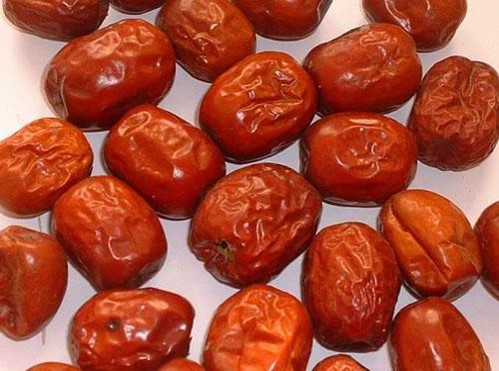| Origin and best harvesting period |
The origins of jujube are Jilin, Liaoning, Inner Mongolia, Hebei, Shanxi, Shandong, Henan, Shaanxi, Ningxia, Gansu, Xinjiang, Anhui, Jiangsu, Zhejiang, Jiangxi, Hunan, Hubei, Sichuan, Guizhou, Yunnan, Fujian, Guangdong, and Guangxi. The general harvesting season for jujube is from August to September, but varies slightly from place to place depending on its climate, temperature difference, and sunshine hours. Jujube trees are light-loving and prefer dry climates. It is cold-resistant, heat-resistant, and drought- and flood-resistant. The soil requirements are not strict, except for swamps and heavily alkaline soils, plains, sandy areas, valleys and mountains can grow. |
